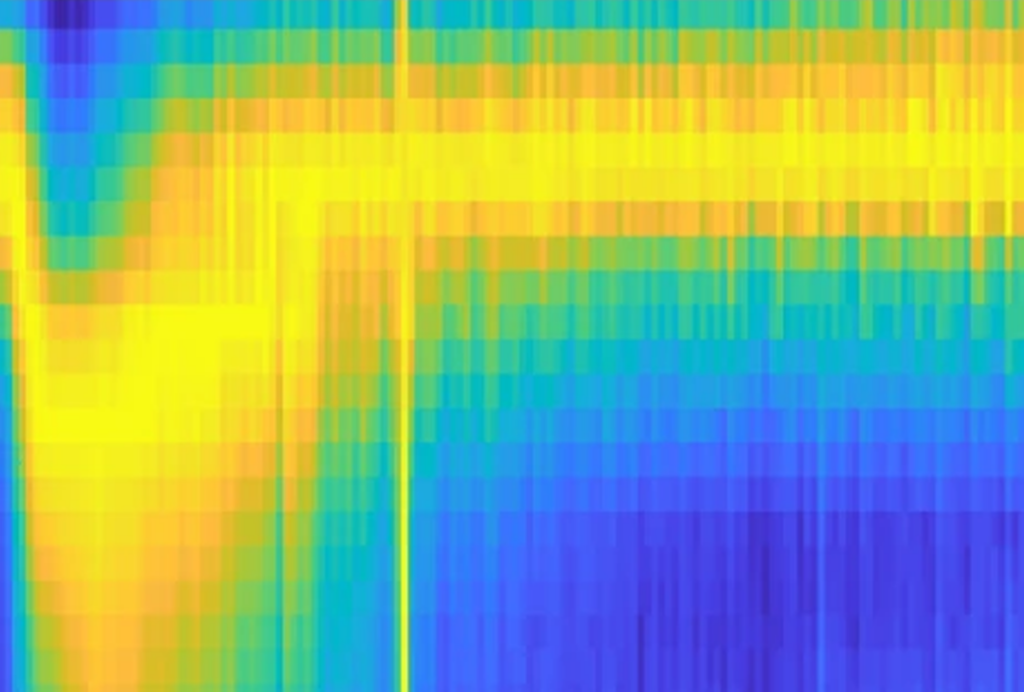Brain connections give clues to sensory problems in autism
Signals that relay sensations from nerves to the brain are abnormally strong in people with autism, a finding that may explain why some people with the disorder are overly sensitive to light, sound and touch.
Signals that relay sensations from nerves into the brain are abnormally strong in people with autism. The findings, published 12 March in Brain, may explain why some people with autism are overly sensitive to sensory stimuli such as light, sound and touch1.
In autism research, few findings are as complex as those surrounding brain connectivity, a measure of the synchronization between two brain areas. Many studies suggest that people with autism have unusually weak connections between brain regions, whereas other studies have found evidence for overconnectivity. Most scientists now agree that autism brains are inherently ‘noisy,’ with both overly weak and strong connections in the same brain.
The new study found that autism brains have abnormal connections both among nearby regions and among those that are distantly connected.
The researchers discovered that, in particular, long-range ‘feed-forward’ connections, which ferry signals from peripheral nerves into the brain, tend to send abnormally strong signals in people with autism. By contrast, short-range ‘feedback’ connections that relay signals in the opposite direction within the brain tend to be unusually weak.
“Essentially, this gives us a finer-grain understanding of what might be going wrong in autism,” says lead researcher Tal Kenet, instructor in neurology at Harvard Medical School.
The finding “really pushes the field forward,” says Marlene Behrmann, professor of psychology at Carnegie Mellon University in Pittsburgh, who was not involved in the work. “It opens up a new window into this question of connectivity in autism.”
A touchy area:
Most previous studies of connectivity in autism have relied on functional magnetic resonance imaging (fMRI), which uses blood oxygen levels as a proxy for brain activity. But fMRI measures slow changes in brain activation, on the order of one to two seconds. It also has trouble tracking connections between neighboring brain regions that depend on the same blood supply.
To bypass this problem, Kenet and her team used magnetoencephalography (MEG). This technique detects brain waves indirectly by measuring the magnetic fields produced by electrical activity in the brain. It can detect changes in brain activation that happen over tens of milliseconds.
The researchers studied 15 people with autism and 20 controls, all boys between the ages of 8 and 18 years. They used MEG to assess the response of each participant’s brain to a 25-hertz vibration applied to the fingertips. A 2008 study showed that people with autism perceive this vibration differently than controls do: Unlike in controls, the vibration does not desensitize them to further touch2.
The vibration triggers activity in two brain areas that govern touch — the primary somatosensory cortex (S1) and the secondary somatosensory cortex (S2). Signals traveling from the finger to the brain typically travel to S1 first before being relayed to S2.
S2 also sends signals back to S1. And both somatosensory regions generate feedback signals within the region. This feedback dampens the brain’s response to the original stimulus.
In both groups, S1 and S2 respond to the 25-hertz vibration with brain waves of the same frequency. However, the activity in S2 is stronger in people with autism, suggesting that either the feed-forward signal is too strong or the feedback signals are too weak.
The researchers were able to trace the result to an overly strong feed-forward signal from S1 to S2 in the autism group. They also found that local feedback connections are weak in these individuals.
The findings fit well with what is known about sensory abnormalities in autism, says Ralph-Axel Müller, professor of psychology at San Diego State University, who was not involved in the study. Up to 90 percent of people with autism have sensory problems, some of which cause intense reactions to touch or sound.
In most people, intense sensory information is not bothersome because feedback dampens the neural signals. That signal may be missing in people with autism. “You have information flowing in the forward direction without anything tamping it down,” Kenet says. “This could explain why sensory information is often so overwhelming to people with autism.”
Interestingly, those with the weakest local feedback connections have the most severe autism symptoms and are the most sensitive to touch.
A 2013 MEG study by Kenet’s team similarly indicated that short-range feedback connections are weaker in people with autism than in controls. In that study, the researchers used pictures of faces to elicit brain activity.
The findings also jibe with a popular theory that people with autism show an imbalance between excitation and inhibition in the brain.
Researchers still need to tease apart how these connectivity differences arise and influence autism symptoms, Behrmann says. “I think this throws down the gauntlet for people to think about how the altered physiology gives rise to the phenotype.”
References:
1. Khan S. et al. Brain Epub ahead of print (2015) PubMed
2. Tommerdahl M. et al. Behav. Brain Funct. 4, 19 (2008) PubMed
Recommended reading

Among brain changes studied in autism, spotlight shifts to subcortex
Home makeover helps rats better express themselves: Q&A with Raven Hickson and Peter Kind
Explore more from The Transmitter

Dispute erupts over universal cortical brain-wave claim
Waves of calcium activity dictate eye structure in flies

